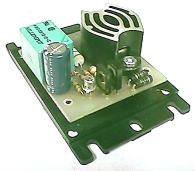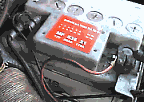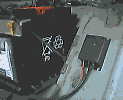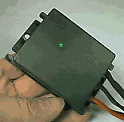Sparky the improved ignition-system for your 2CV. |
 |
The
installation is childishly simple: |
But this is
more than an ordinary transistorized ignition. Why does your 2CV
need a transistorized ignition system? |
||
|
|
 |
||
 |
The
black and the |
||
Fix the box with a screw right next to the battery. |
 |
||
 |
The last two
cables plug into the old coil cables. Fix the cables with cable ties. That's it. |
||
This ignition has three important advantages:
|
Your ignition
is now maintenance-free for more than You will need only 10 minutes for the installation. Lifetime guarantee ! |
|
|
This
ignition-system for |
 |
|
Do you want to have a look onto
the installation manual ?
Click here
Copyright © C-LAUS TECHNOLOGY.
All rights reserved.
August 15th 2003